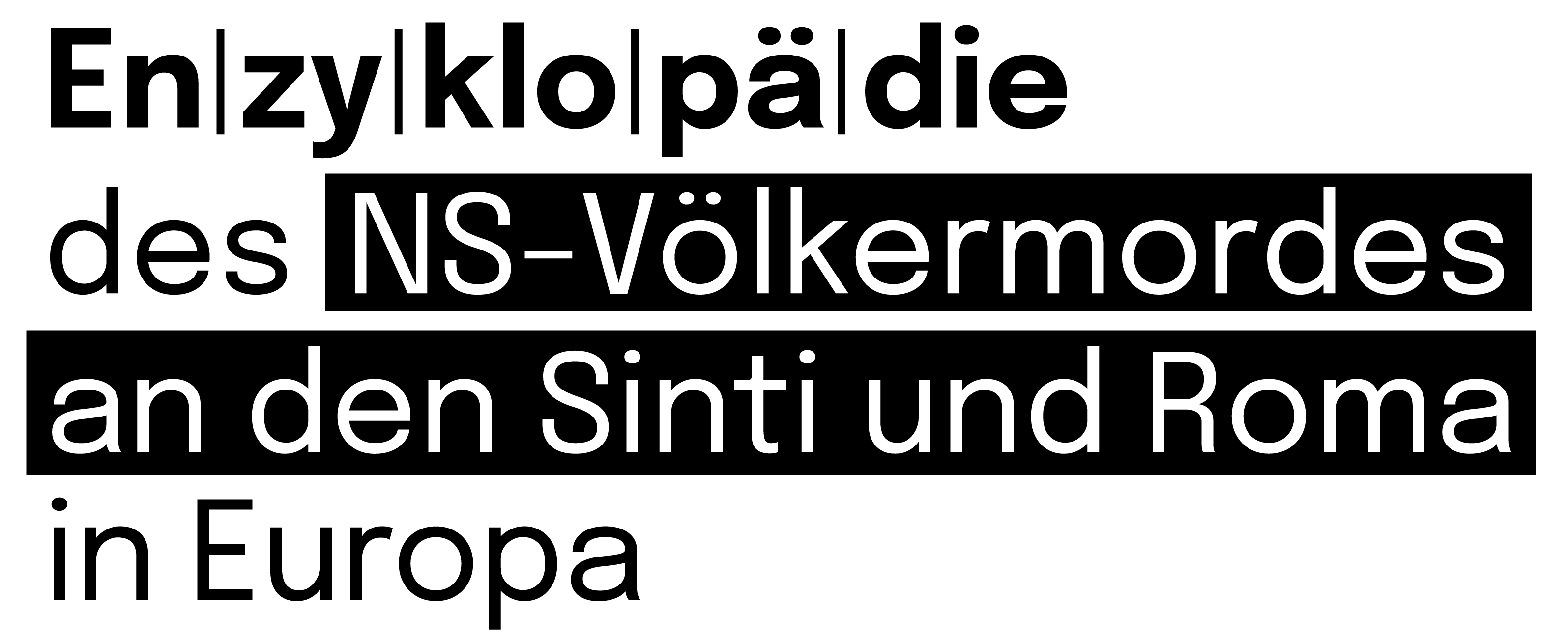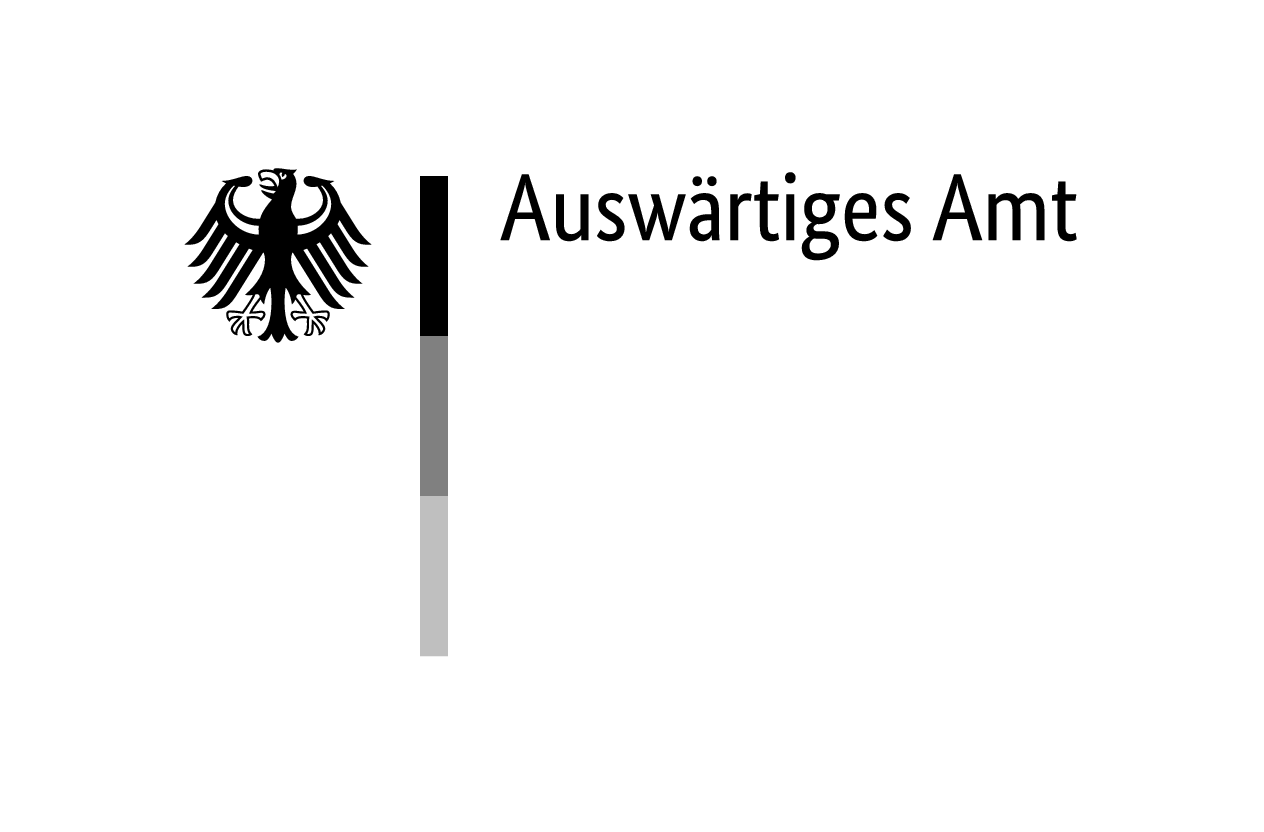Herbert Andorfer was born in Linz, Austria, on 3 March 1911. After finishing high school, he worked mainly in the hotel sector. In 1931, at the age of twenty, he joined the National Socialist German Workers’ Party (NSDAP), and two years later the SS (Schutzstaffel). In 1934, he became Local Section Head [Ortsgruppenleiter] of the now illegal NSDAP in Sölden. After the ‘Anschluss’ he moved to Innsbruck and worked full-time for the SS and later for the Security Service (SD).
Commandant in Sajmište
At the age of thirty, he served in the police intelligence service in occupied Yugoslavia, becoming SS-Untersturmführer. From October 1941, he worked for the Commander of the Security Police and the Security Service [Befehlshaber der Sicherheitspolizei und des SD – BdS] in Belgrade. According to his own post-war testimony, Andorfer was sent to the Šabac concentration camp to interrogate detainees. He was soon appointed as the concentration camp commander in Sajmište, also named ‘Judenlager Semlin’ and later ‘Anhaltelager Semlin’.
Not many documents have survived from this period of his activity. Thanks to the correspondence between him and the municipal government of the City of Belgrade, we know that camp inmates often received insufficient or unusable food. It is also known that he ordered the release of Roma women and children, subject to confirmation from Section VII of the Serbian Special Police—the ‘Police for Jews and Gypsies’— that they were permanently resident in Belgrade.
From survivors’ testimonies it is known that Andorfer often supervised the process of annihilation of the Jews of Sajmište, following the gas van in his own car to the Jajinci killing site, where the corpses were then buried in mass graves.
‘Sonderkommando Andorfer’ in Italy
After the Italian capitulation in September 1943, he was sent to Northern Italy and became the commander of a special anti-partisan unit called ‘Sonderkommando Andorfer’. He was responsible for many crimes, such as the killing in Bassano del Grappa of 31 teenagers and young men who were hanged along the main street of the town.
Aftermath
After the war, he managed to escape to Venezuela, where he lived under a false name. He stayed there for a while, but soon he came back to Austria, where he took up work again in the hotel sector, but this time under his real name. He was only arrested in 1967, during the investigations of the crimes committed in Sajmište. In 1969 the Dortmund Regional Court sentenced him to two and a half years for complicity in the killing of more than 5,500 Jews. He was immediately released because of the pre-detention period already spent in jail. He died in a retirement home in Anif near Salzburg on 17 October 2003.




